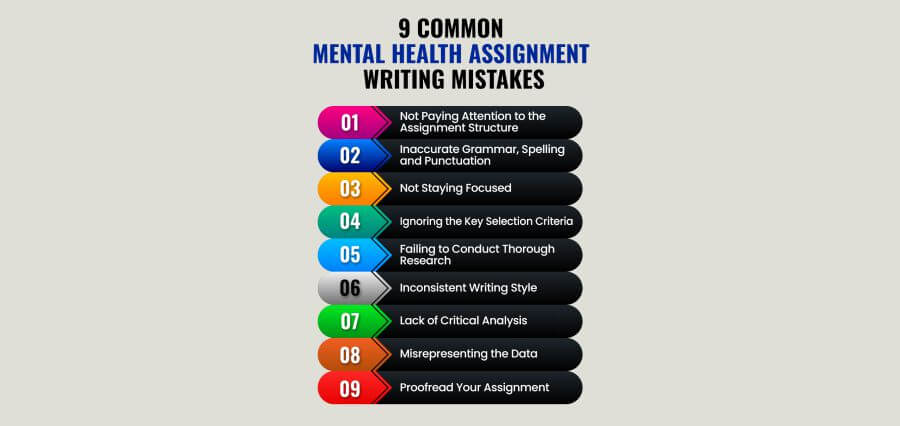Managing medical inventory is not beneficial, it’s critical. The right medical inventory software can revolutionize how healthcare facilities operate. It ensures they have the needed supplies without overstocking.
This saves money and improves patient care. But with so many options. How do healthcare administrators choose the best software for their needs?
We will explore the software features to look for in medical inventory management software. This will help you make an informed decision.
Integration Capabilities
Today, new software must work with existing systems. These include:
- electronic health records (EHR)
- accounting software
- your facility’s other digital tools
Integration ensures smooth interoperability, minimizing data silos and streamlining operations.
Real-time Tracking and Alerts
A lag in inventory reporting can lead to critical shortages or excessive waste. The best software offers real-time asset tracking.
It gives instant alerts when supplies fall below set levels. This feature enables timely reordering, ensuring your facility never loses essential items.
Scalability
The healthcare industry is evolving, and so are its needs. Suitable software for managing medical inventory should scale.
The changes could be from expanding services. They could be from opening new locations or adjusting to new healthcare regulations.
Analytics and Reporting
Data-driven decisions are at the heart of efficient healthcare management. The software has strong analytics and reporting tools. They provide insights into inventory use.
User-friendly Interface
Complex software can be a barrier to effective inventory management. Look for software with an intuitive interface that requires minimal training. This ensures all staff members can use the system. It doesn’t matter how tech-savvy they are.
Compliance and Security Features
Healthcare facilities must follow many regulations related to patient privacy and data security. Make sure the software follows relevant compliance standards.
For example, HIPAA in the United States. It should have strong security features to protect sensitive information. Understanding common pitfalls can be illuminating when it comes to HIPAA compliance.
One notable violation involved hospital staff. They accessed and discussed a high-profile patient’s medical records without authorization.
These examples show how PHI can be compromised. This happens without rigorous adherence to HIPPA violation examples.
Mobile Accessibility
Managing and accessing inventory data on the go is important. A system with mobile access lets staff update and check inventory levels.
They can do this even when they’re away from their desks. It ensures more accurate and timely inventory management.
Vendor Support and Training
Even with the most software, questions and issues will arise. So, choosing a software vendor that offers comprehensive support and training is crucial.
To ensure smooth operation, look for companies with responsive customer service. Also, look for ones with extensive documentation and ongoing training resources.
Customization Options
Every healthcare facility has unique needs. A one-size-fits-all approach rarely works in such a nuanced field. The best medical inventory software offers customization options.
Cost-effectiveness
Budget shouldn’t be the only factor when choosing medical inventory software. But it’s essential. Check the cost relative to the features and benefits each system offers. Remember, the cheapest option isn’t always the most cost-effective in the long run.
Exploring the Features to Look for in a Medical Inventory Management Software
Choosing the right medical inventory management software is a big decision. It should not be taken. These features are essential. They ensure the software meets your current needs. It also adapts to future changes in healthcare.
The right system lets healthcare facilities manage inventory well. This cuts costs, improves compliance, and boosts patient care. In the end, it helps the bottom line.
For more helpful tips, check out the rest of our site today!
Read More: Click Here















